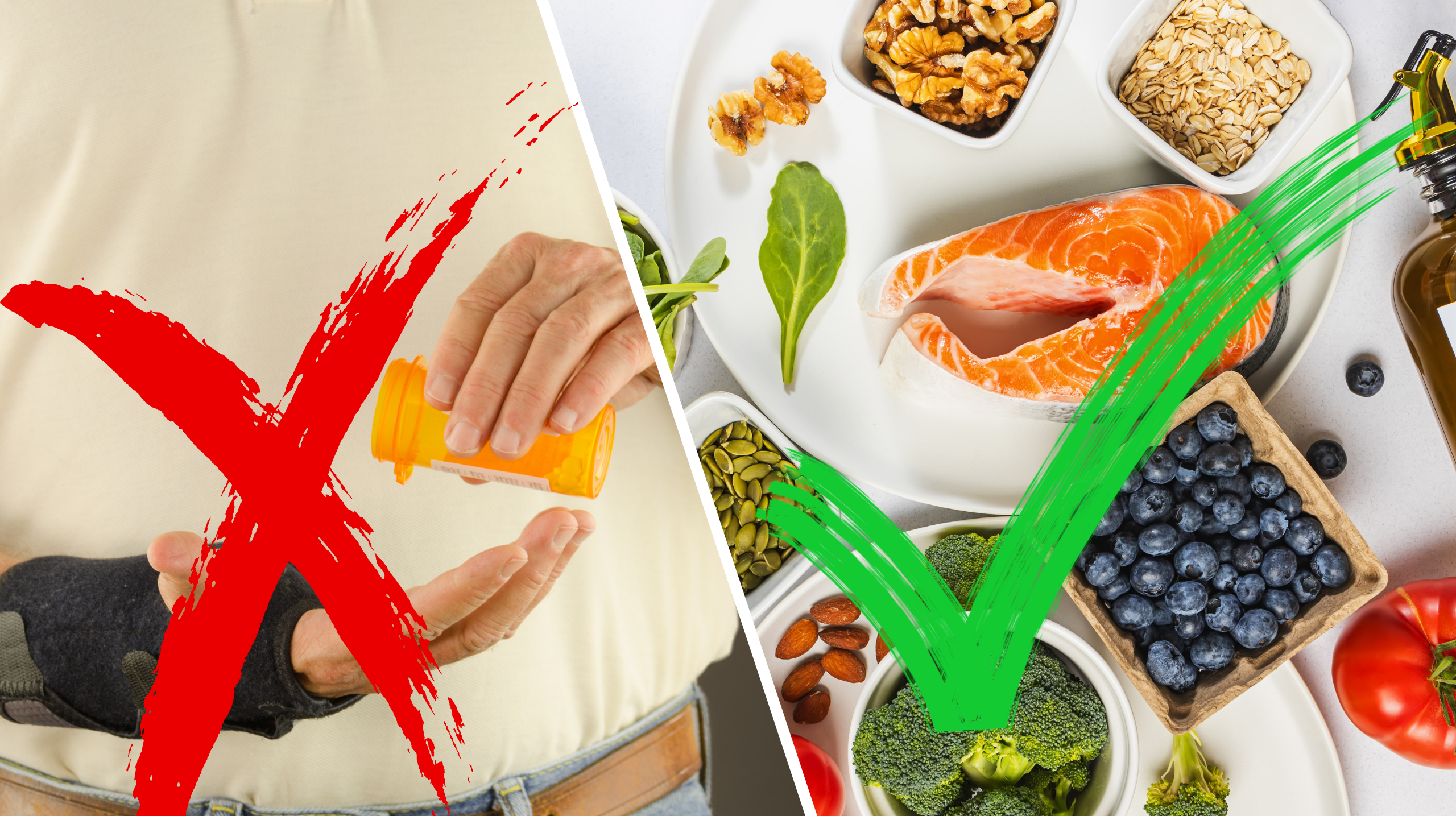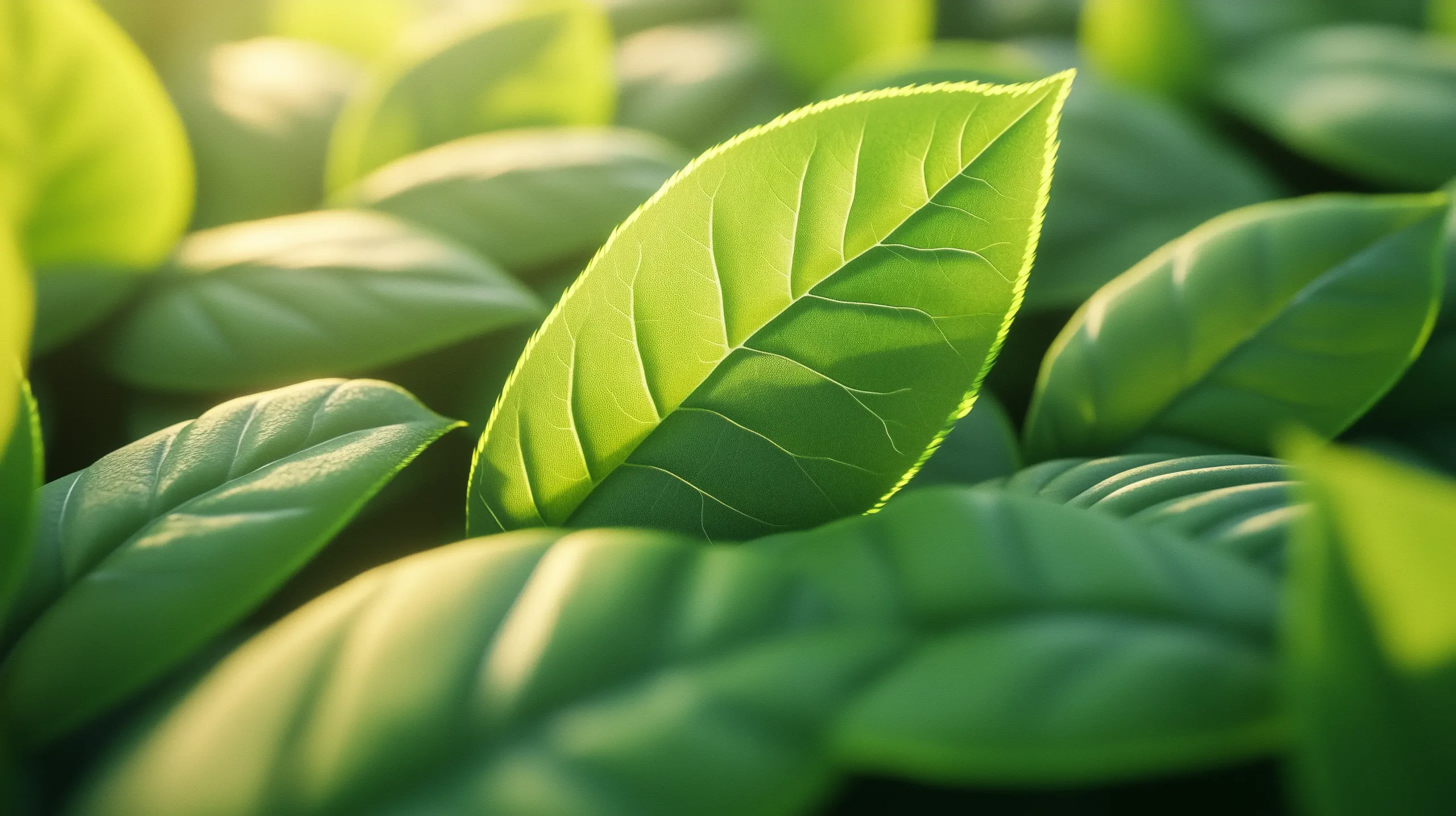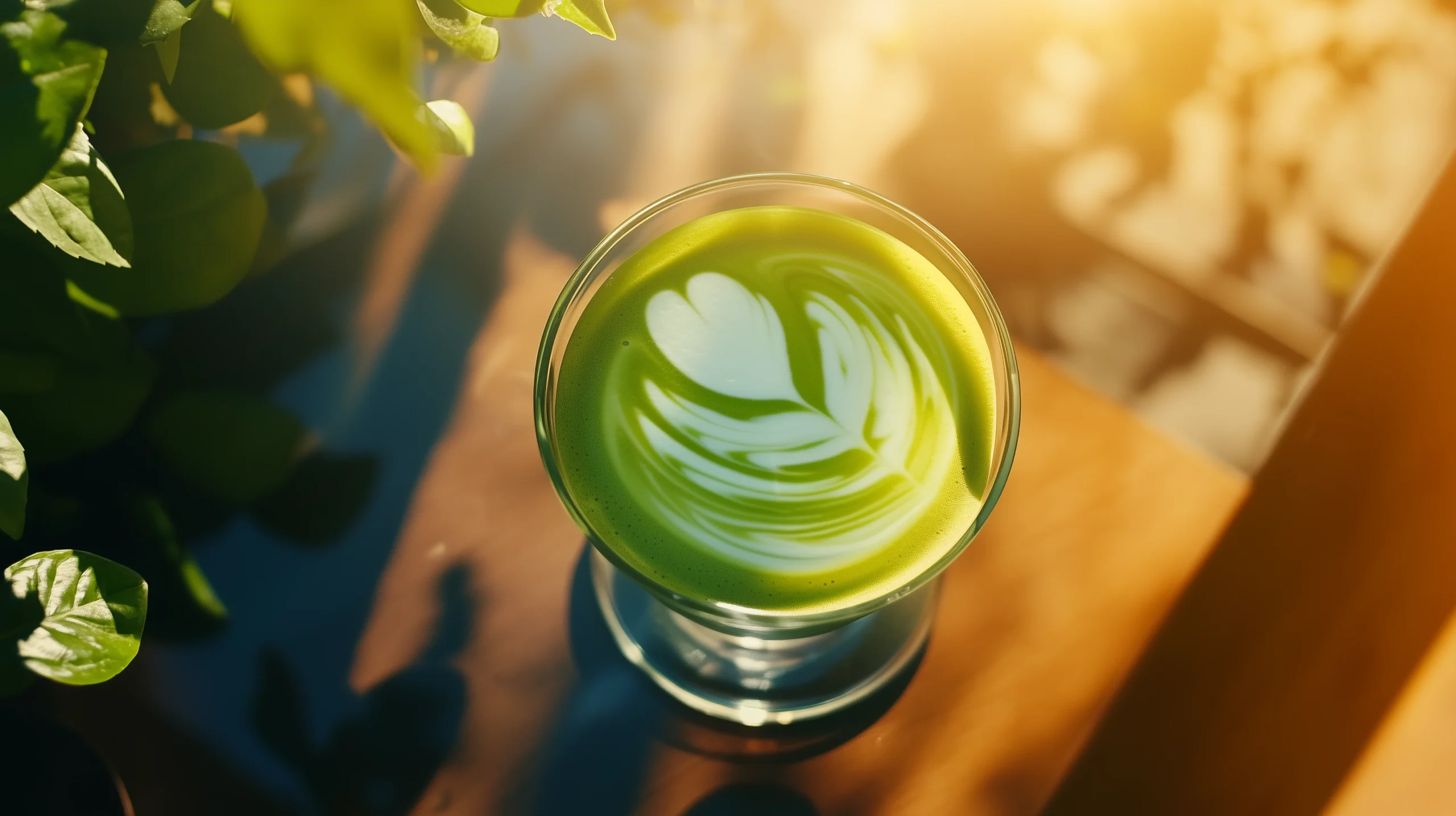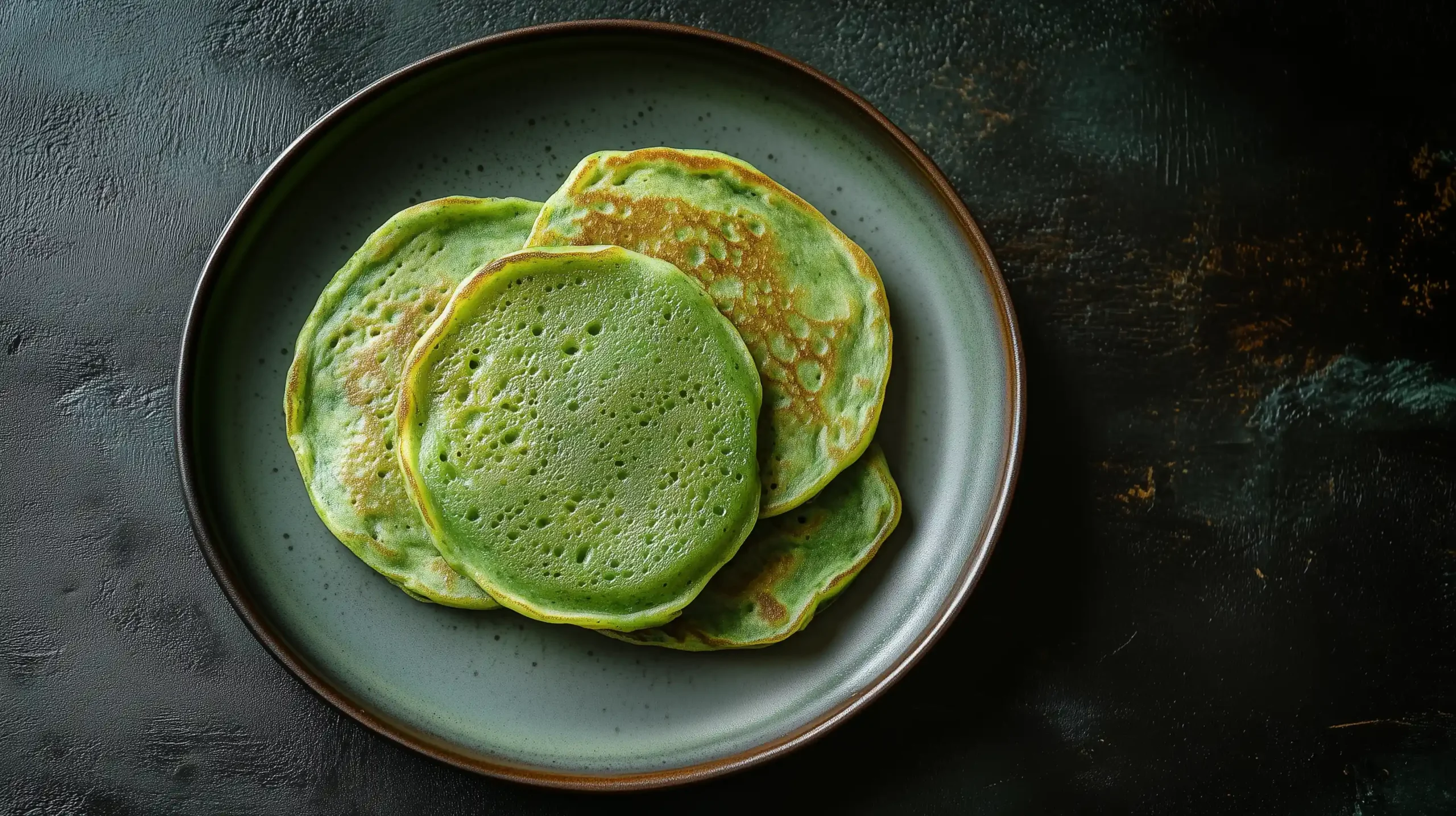The Uprising Of Matcha Lattes
Matcha lattes have made their way into the hands of wellness fiends, coffee shop goers and influencers alike within the past couple of years. But aside from the pretty green hue and Instagrammable aesthetic, the question is: Are matcha lattes healthy? Allow us to dive into the potential health benefits and downsides of matcha, plus how to make your matcha latte as nutritious as possible.
What is Matcha?
Matcha is a finely ground green tea powder made from camellia sinensis leaves, the same high-quality leaves used for green tea. Matcha has a right history, spanning more than a thousand years and has become one of the main ingredients in a traditional Japanese tea ceremonies. Unlike regular green tea in which the leaves are steeped and thrown away, with matcha, you’re consuming the whole leaf. This process creates high concentrations for the nutrients and antioxidants. Matcha has a rich, savory, umami flavoring, commonly known for creating mouth-watering sensations on your tongue.
The Health Benefits Of Matcha
1. Rich in Antioxidants
Matcha is rich in antioxidants, especially catechins, a class of polyphenol. One particular catechin (epigallocatechin gallate) EGCG, has a potent anti-inflammatory and anti-cancer activity. Studies have demonstrated that matcha can have up to 137 times the amount of EGCG compared to regular green tea (1).
2. Superior Caffeine Style: Time- Released Caffeine
Matcha does contain caffeine, but it also contains L-theanine, an amino acid that promotes relaxation and focus. Together, these three deliver a calming, long-lasting energy boost without the jitters and crashes typically caused by coffee (2).
3. Supports Weight Management
Matcha has been associated with an increase in metabolism and fat burning. One study published in The American Journal of Clinical Nutrition found that exercise induced a relative increase in fat oxidation with the addition of a high catechin green tea extract (3).
4. Improves Brain Function
Matcha is well-known for its ability to enhance cognitive function, memory and attention, thanks to the synergistic effect of caffeine and L-theanine. It allows you to focus without the over stimulation found in most medications today. This makes it an amazing solution when trying to increase productivity.
5. Promotes Heart Health
Through numerous tests, researchers have found a lowered risk of heart disease among individuals who drink green tea regularly (matcha included). The antioxidants found in these products can reduce LDL cholesterol and blood pressure (4).
What Are The Downsides to Matcha Lattes?
Although matcha lattes have some incredible health benefits, there are some things to keep in mind before ordering one from your local coffee shop:
1. Added Sugar
Most coffee shops sweeten their matcha latte with artificial sugars or syrups, which negate the natural health benefits. The sugar added can contain upwards of 30 grams or more of unnecessary sugars per serving. Excess sugars (like these) are proven to lead to weight gain and inflammation.
2. Calorie Content
If your matcha latte, which is predominately milk, is made with full-fat milk or heavy cream, it will immediately become a very high calorie beverage. Choosing low-calorie milk alternatives like almond, oat, or coconut milk will cut the total calorie count significantly.
3. Quality of Matcha
The quality of the matcha matters, and there are many different options. Most coffee shops use culinary grade matcha to save on the cost, while charging you a premium. Low-quality matcha will often be dull in color, contain fewer nutrients, and have a bitter taste. To maximize the benefit, make sure you use ceremonial-grade matcha for the best quality and health benefits.
You can find high-quality, ceremonial grade matcha here.
How To Make A Healthy, Inflammation Relieving Matcha Latte
Ingredients
-1.5g RWGolden Matcha Powder
-1/8 cup 160ºF Water
-1 tbsp of Maple Syrup
-1.5-2 tbsp Honey
-Handful of Ice
-3/4 cup milk (Oat, Almond, Coconut)
*All of these ingredients were carefully selected for being anti-inflammation or rich in antioxidants as our mission is to Fix America’s Inflammation Problem.
Instructions
- In a small bowl, mix the matcha powder with the 160°F water. With a frother (or matcha tea set), froth until the top layer is completely covered with small bubbles and the matcha is fully dissolved (no clumps).
- In your drinking glass, drizzle the honey around the inner sides of the glass, trying to evenly disperse it throughout.
- Add ice, milk and maple syrup into your drinking glass. Stir to mix the ingredients.
- Take the frothed Matcha and pour it into the drinking glass and mix.
- Add additional maple syrup or honey to increase sweetness to taste. Enjoy your delicious and nutritious Matcha Latte!
The Answer To You Question
Yes, matcha lattes can be healthy when prepared the proper way. When you find something with this level of antioxidants, L-theanine and metabolic boosting properties, you know its a good choice. To maximize the benefits, make sure you avoid unnecessary sugars and high-calorie add-ons. Stick to high quality-ceremonial grade matcha and simple, natural ingredients. Should you do every thing the way it is outlined here, you can make matcha a delicious and healthy part of your normal routine.
Sources
- Journal of Chromatography A: EGCG Levels in Matcha
- Nutritional Neuroscience: Caffeine and L-Theanine
- Nutrition, Metabolism & Cardiovascular Diseases: Green Tea and Heart Health






